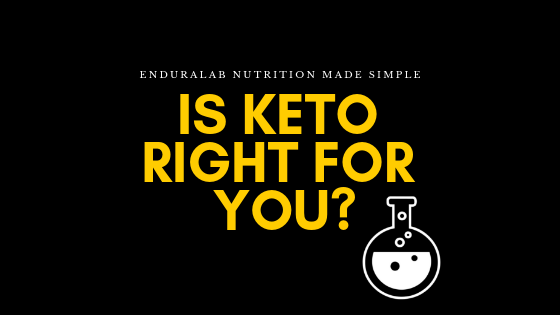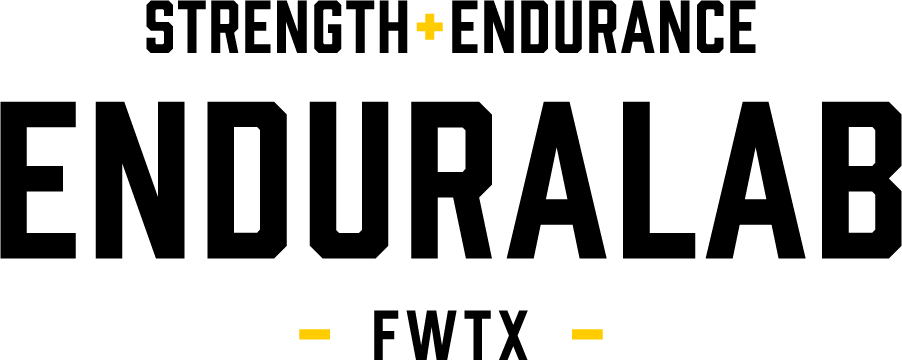
By contributing author: Carina Morgan, MS Nutrition, MS Medical Research, PN1, Whole30 Certified Coach.
There is A LOT of information about keto floating around the internet these days, and a lot of it is WRONG. Given the fact that the keto diet is very extreme, it’s pretty scary to me that so much information out there right now is incorrect, so I am going to give you ALL the details and help you decide if it’s the RIGHT diet for you, even if it is the shiny new fad diet trend.
First off, where did the ketogenic diet even come from? The ketogenic diet was developed as a medical intervention to reduce/eliminate symptoms in epilepsy. And this diet is MIRACULOUS for epilepsy – it is the gold standard for treatment.
How does this work? To take an insanely complicated system and put it in a nutshell, our brains are wired to run off of glucose for energy. Your brain uses A TON of glucose in order to work efficiently & effectively. The problem is, in epileptic patients, their brains have overactive circuitry, so things are moving too quick (I reiterate, this is a VERY simplified version of an incredibly complex process).
When epileptic patients adopt a keto diet, they starve their brains of glucose (units of sugar), and introduce ketones (units of fat). Our brains have two pathways they can use, one that runs on glucose (way more common/preferred) and one that runs on fat. When carbohydrates (which break down into sugar) are removed from the diet, the brain will naturally switch to using ketones for fuel and run on the ketone-based neural pathways. When they do this, people with epilepsy often stop experiencing seizures.
A true medical ketogenic diet is 80-85%fat, 10-15% protein and 5% carbohydrate.
This has been a medical intervention for a long time period, but the fad-version of this diet has popped up fairly recently when people realized that eating a very high fat and low carb diet could help them lose weight fast, and we all know how much people are looking for that easy button, the quick fix that requires less effort. The lines have been blurred, and now you’ll hear people refer to a “keto” diet that’s only 60-ish% fat. I saw a well-followed nutrition professional make a post about the keto diet recently claiming that “true keto” is 75% fat. There is so much variety in this new, fad version, how are you supposed to know what’s right?!
So, as someone who spent a couple of years in nutrition research, with a major portion of that looking at the ketogenic diet in humans with neurodegenerative disease, I want to set the record straight for you guys so that you have all of the right information and can make an informed decision (though I have no shame in admitting that I don’t think anybody should be doing the fad keto diet):
- If you are going to do the ACTUAL ketogenic diet, you should be eating around 80% fat, 15% protein and 5% total carbohydrate.
- People doing the true ketogenic diet should be under medical supervision because it is so extreme. If it is something you really want to try, you should 100% talk to your doctor first, because the side effects can be severe. While you may notice physical symptoms (read: weight loss) really quickly, unless you are working with a doctor, there may be internal issues that arise from the diet.
- People who are in ketosis often experience a “flatline” of hunger. You may need to remind yourself to eat. It takes several weeks to get into this point, but people who are successfully in ketosis generally report feeling a steady amount of energy with no dips and spikes in blood sugar or hunger. This can be really helpful for some people depending on their schedules.
- You are at a big risk of dehydration when you are doing the ketogenic diet. If you choose to try it, it is vital to make sure you are drinking enough water to avoid complications from dehydration. Keep a water bottle with you at all times, because you may not even feel thirsty, but you NEED to drink water.
- You should not jump right in to keto, and you should not jump right out. When you starve your body and brain of glucose, things are massively changing in your body (hopefully you recognize this). It can be a total shock to your body. I developed a 4-phase protocol for a PA to ease people into keto and ease them out of it. The key part about coming OUT of keto is to not go gorge on croissants & muffins – again, total body shock. You want to gently add carbohydrates back in slowly enough where you can find your unique carbohydrate tolerance.
- People on the ketogenic diet are at a huge risk for micronutrient deficiencies, and ensuring you get adequate vitamins & minerals requires additional work. There is a bad way to do keto (bacon, cheese and steak all day errryday) and a good way to do keto (fatty cuts of high quality meat, healthy oils/fats, w/ non-starchy vegetables on every plate). Adding in the keto-friendly vegetables IN ABUNDANCE will help keep you away from nutritional deficiency, as well as adding in proper supplementation. Examples of veggies you can always find space to incorporate include cabbage, spinach, bok choy, swiss chard, asparagus, zucchini, yellow squash, celery, snow peas, plus some cauliflower, broccoli, brussels sprouts and kale. There is no excuse not to add these into your daily routine if you are trying to do the keto diet in the healthiest way possible.
- Keto may seem like an amazingly easy “quick fix” button, but that’s far from accurate. Sure, you might lose a significant amount of weight while you are on it, because your body is now burning fat for fuel, but let’s be clear here: you are 99.99% likely not going to follow this diet for the rest of your life. So my question is, THEN WHAT? What are you going to do when you’re sick and tired of eating nothing but fat with no medical reason to do so? The most likely scenario is you’re going to swing to the other end and start eating carbs again in a way that causes you to gain all the weight back that you lost. That’s what happens to MOST people trying this diet for aesthetics. Because of this, I will reiterate that it is super important to wean yourself back onto carbohydrates when you decide to get out of ketosis.
- KETO IS NOT A MIRACLE CURE FOR YOUR BODY IMAGE ISSUES. If you are resorting to eating a ridiculously high fat diet for the sake of dropping a few pounds, there is a bigger issue at play, and that is your confidence and your body image. Neither of those will be solved by putting yourself on an extremely restrictive diet. You’ve got to do the inner work necessary to fall in love with yourself and your body, regardless of what the number says on the scale or the tag on your jeans.
Hopefully this gives you a better & more thorough understanding of what the ketogenic diet truly is at its core, as well as who it is really meant for. Now go forth & make an informed decision!
Author Carina Morgan can be emailed at cara@territoryfoods.com
Her website is: www.carianamorganhealth.com



